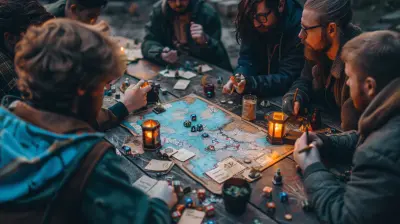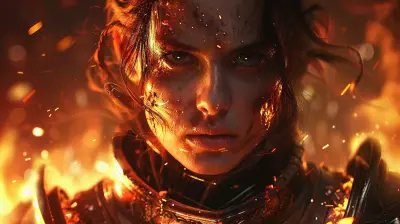How Classic PC Games Have Shaped Modern Titles
14 June 2025
Video games today are visual masterpieces filled with intricate mechanics, vast open worlds, and immersive storytelling. But have you ever stopped to think about where all this innovation came from? Modern games owe a hefty chunk of their success to the classics—the timeless PC titles that laid the groundwork for what we enjoy today. From gameplay mechanics to narrative structures, classic PC games have left an undeniable mark on the gaming industry.
Let’s take a nostalgic trip back to the golden age of PC gaming and uncover how these iconic titles shaped the blockbusters we can't stop playing today.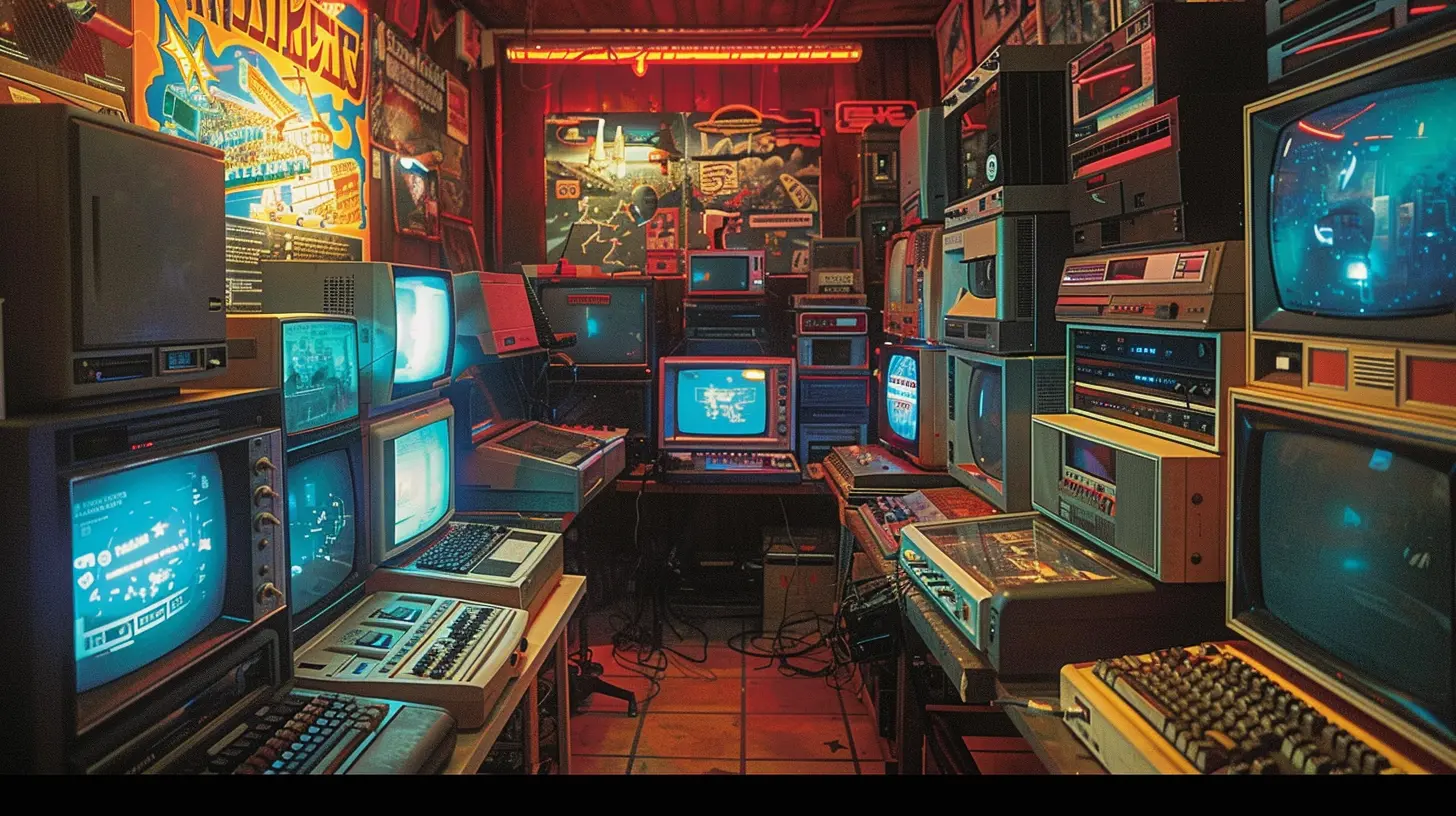
The Blueprint for Modern Gaming
Before we dive into specific games, let's set the stage. The late '80s and '90s were a magical era for PC gaming. While consoles largely defined gaming's early years, PCs carved out their own niche by focusing on complexity, depth, and creativity. Developers were pushing boundaries, experimenting with mechanics and genres that had never been attempted before.Were they perfect? Far from it. But that’s the beauty of it. These games weren’t afraid to try something new, even if it meant crashing your computer occasionally. Without these brave attempts, though, many of today’s gaming staples wouldn’t exist.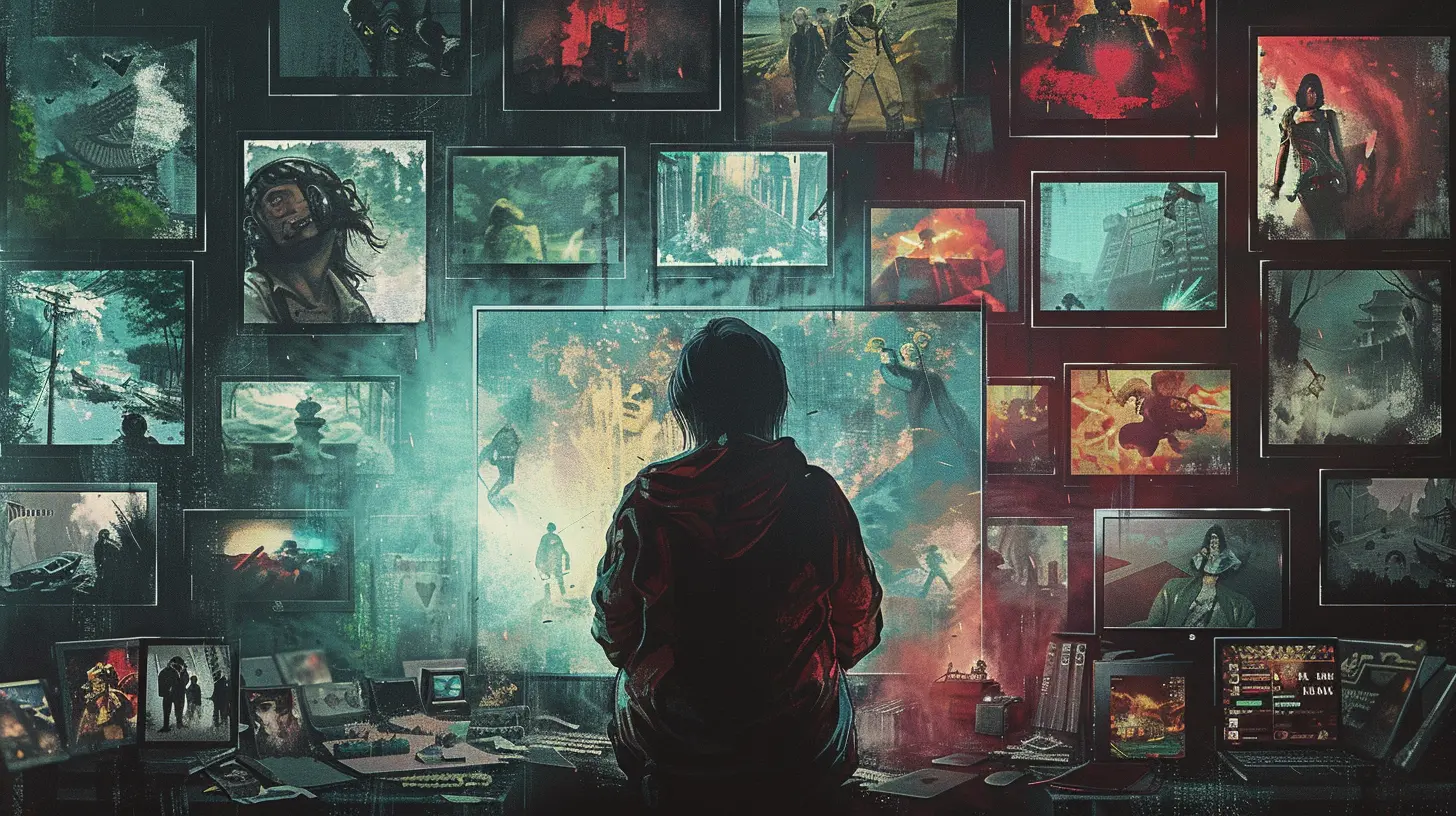
Storytelling: The Legacy of Narrative-Driven Classics
When people think about deep narratives in gaming, titles like The Last of Us or Red Dead Redemption 2 often come to mind. But long before these cinematic experiences, PC classics were already telling compelling stories.Baldur's Gate: Pioneering RPG Storytelling
The 1998 classic Baldur's Gate showed the world just how immersive video game storytelling could be. By integrating branching dialogue trees, moral choices, and character-driven plots, it laid the foundation for modern RPGs. Games like Mass Effect and The Witcher 3 owe a huge debt to this trailblazer.Back then, the choices you made in Baldur’s Gate didn’t feel like arbitrary game mechanics—they felt like they mattered. And that emotional weight? It’s still a core ingredient in today’s narrative-driven games.
Myst: The Art of Environmental Storytelling
Let’s not forget Myst. This puzzle-filled adventure didn’t rely on pages of dialogue to tell its story. Instead, the world itself became the storyteller. Everything from the eerie music to the cryptic puzzles pulled players into a deeply immersive experience. Sound familiar? Modern titles like Hollow Knight and Outer Wilds clearly took notes.
Gameplay Mechanics: Experimentation Turns Into Standards
Classic PC games were all about experimenting with gameplay mechanics. In fact, many of the features we now take for granted were first introduced—or at least popularized—decades ago.Real-Time Strategy (RTS) and Resource Management
Games like Command & Conquer and StarCraft essentially birthed the real-time strategy genre. These classics introduced mechanics such as base-building, unit micromanagement, and resource gathering, which remain staples in strategy games today. Ever played Age of Empires IV or Civilization VI? You’ve got the golden-era RTS games to thank for setting the bar.The Evolution of First-Person Shooters
We can’t talk about gameplay innovation without mentioning DOOM (1993). Often considered the grandfather of first-person shooters, DOOM gave us fast-paced action, sprawling levels, and an arsenal of weapons to wreak havoc with. Modern FPS games—whether it’s Call of Duty, Halo, or Overwatch—continue to use these core mechanics, albeit with a fresh coat of shiny graphics.Even beyond DOOM, titles like System Shock introduced RPG elements into FPS gameplay, paving the way for modern hybrids like Bioshock and Deus Ex.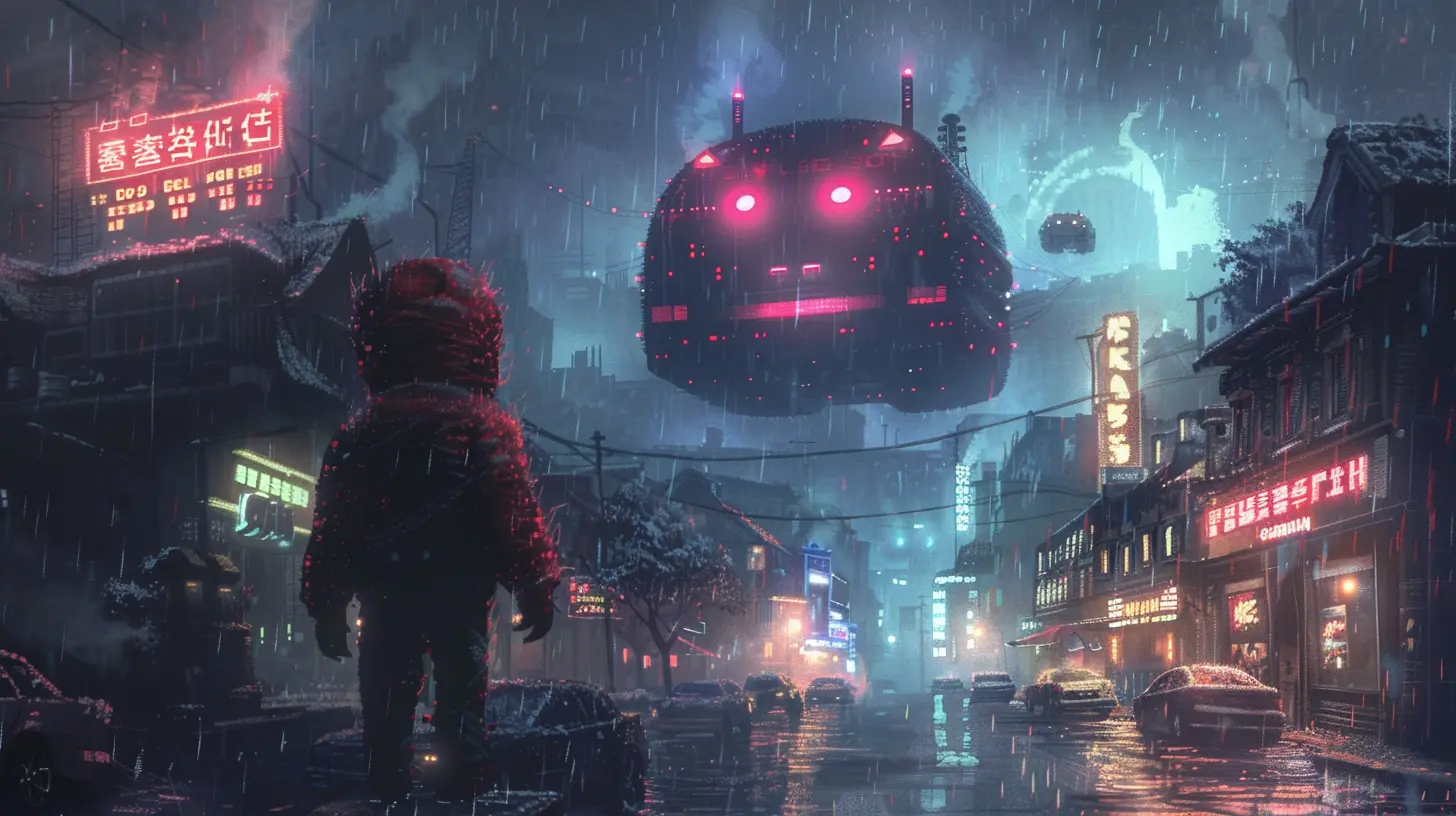
Multiplayer: The Rise of Connectivity
Today, multiplayer gaming is the centerpiece of most major titles. Whether it’s Fortnite, Apex Legends, or World of Warcraft, players crave that sense of connection. But did you know that classic PC games were the ones to plant the first seeds?LAN Parties and Deathmatches
Multiplayer as we know it began with humble LAN parties. Games like Quake and Unreal Tournament introduced players to high-octane “deathmatch” modes, creating the groundwork for today’s competitive multiplayer scenes.Want to hop on a Battle Royale in PUBG? You’re essentially witnessing the natural evolution of those early LAN-style deathmatches.
MMORPGs and Persistent Worlds
And let’s not overlook EverQuest. This 1999 MMO set the stage for games like World of Warcraft by creating massive, persistent online worlds where thousands of players could interact. The sense of community and shared experience that began there? It’s alive and well today.Graphics and Sound: A Foundation of Creativity
Alright, if we’re being honest, the graphics of classic PC games are... let’s call them "vintage." But back in the day, developers had to make do with limited resources. And in doing so, they innovated in ways that still influence modern titles.Pixel Art Revival
Remember those pixelated characters from Prince of Persia or Monkey Island? Sure, they look basic by today’s standards, but the artistic style left its mark. Fast forward to today, and pixel art remains a beloved aesthetic in indie favorites like Stardew Valley and Celeste.Dynamic Soundtracks
Sound design was another area where classics excelled. Games like Diablo and Warcraft used atmospheric music to build tension and immersion. Modern games have expanded on this, but the idea of dynamic music—where the score responds to the player’s actions—was born in these early titles.The Indie Scene: A Love Letter to the Past
Interestingly, while AAA developers have taken inspiration from classic PC games, it’s the indie scene that’s embraced this heritage most wholeheartedly. Titles like Undertale, Hades, and Spelunky wear their retro influences proudly while adding a modern twist.Many indie devs grew up playing these classics, and you can feel the passion in their projects. It’s a bit like modern filmmakers paying homage to old-school cinema—it’s not just about copying the style; it’s about reimagining it for a new audience.
Why Classics Still Matter
So, why does any of this matter? Because gaming, like any form of art, is a conversation across generations. Today’s developers are standing on the shoulders of giants—taking what worked in the past and refining it.But more importantly, classic PC games remind us of gaming’s roots. They remind us that it wasn’t always about the shiniest graphics or the smoothest animations. It was about creativity, innovation, and, above all, fun.
Final Thoughts
Classic PC games might not look as polished as today’s blockbusters, but their DNA is woven into the fabric of modern gaming. From branching narratives to multiplayer battles, nearly every aspect of contemporary games can be traced back to these trailblazers.So, the next time you boot up your favorite title, take a moment to appreciate the history behind it. Somewhere out there is a dusty old PC game that helped make it possible.
all images in this post were generated using AI tools
Category:
Pc GamesAuthor:

Aurora Sharpe
Discussion
rate this article
2 comments
Milena Collins
This article compellingly highlights the foundational influence of classic PC games on contemporary titles. By examining innovative mechanics and storytelling techniques, it underscores how nostalgia enriches modern gaming, reminding us that innovation often blossoms from the seeds of the past.
June 22, 2025 at 2:57 PM

Aurora Sharpe
Thank you for your insightful comment! I'm glad you resonated with the connection between classic PC games and modern innovations in gaming. Nostalgia truly plays a vital role in shaping our current experiences.
Zain Wolf
Great insights! It’s fascinating to see how the mechanics and storytelling of classic PC games continue to influence modern titles. This connection truly showcases the evolution of gaming and the timelessness of great design.
June 21, 2025 at 4:08 AM

Aurora Sharpe
Thank you! I’m glad you found the connections between classic and modern games intriguing—it's truly amazing how timeless design principles continue to resonate in today's gaming landscape.

